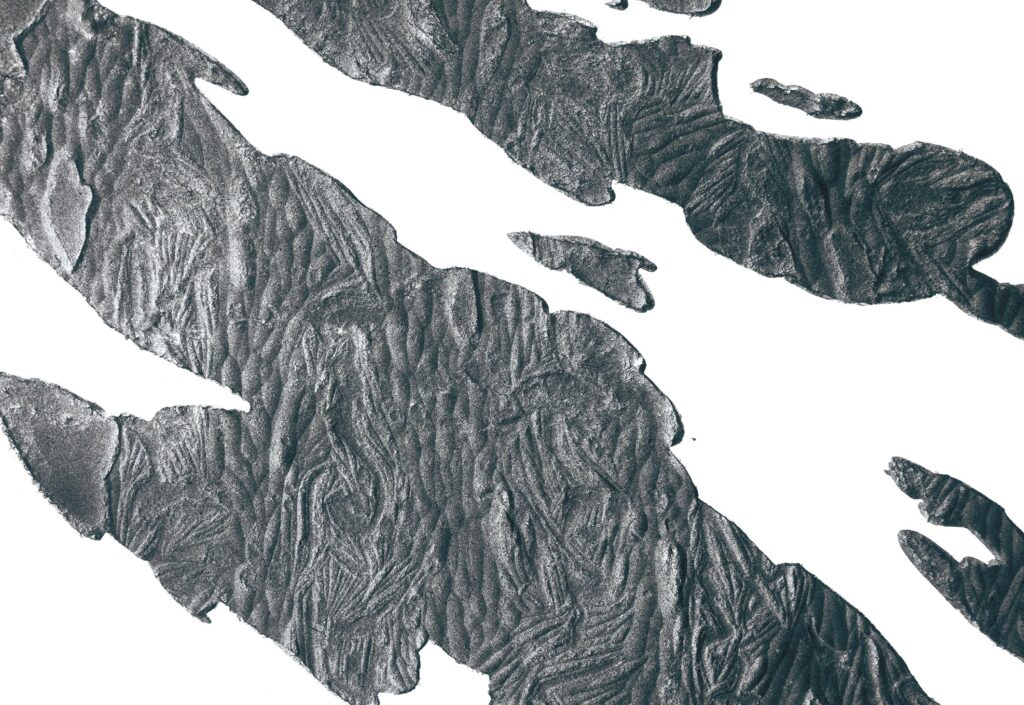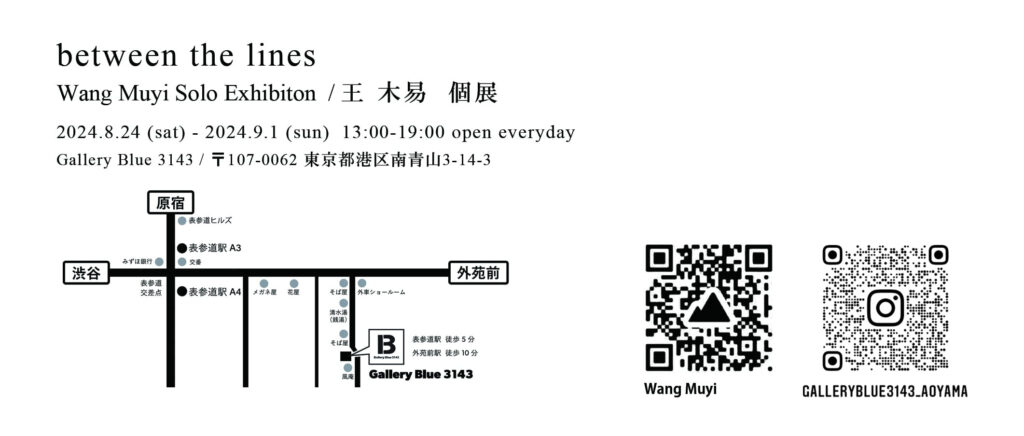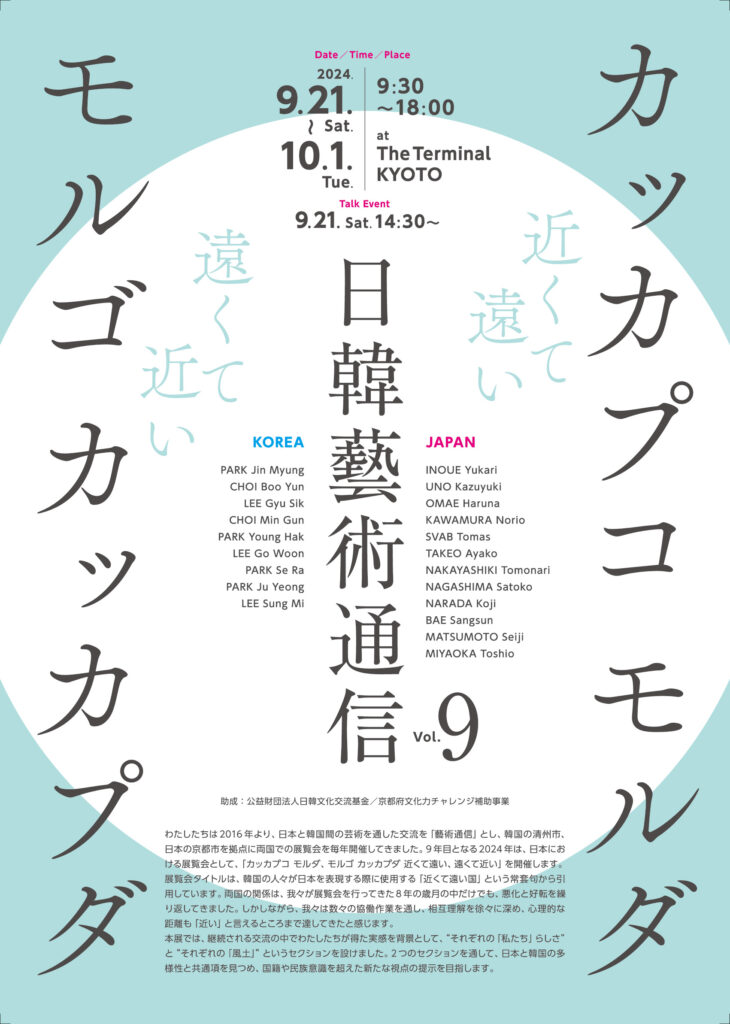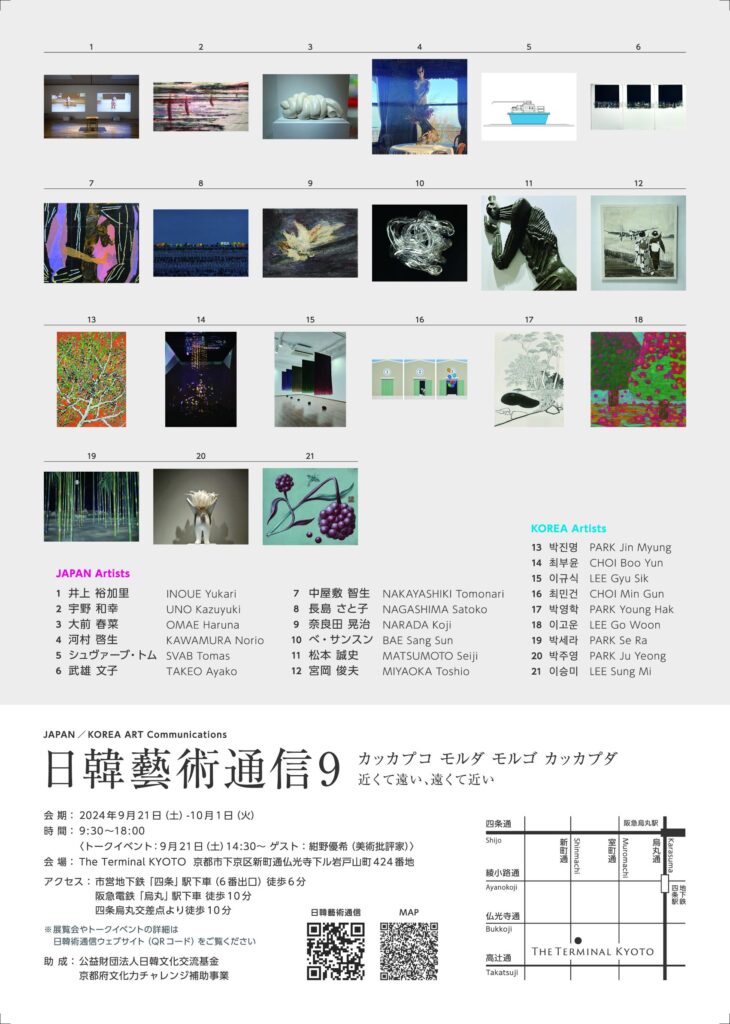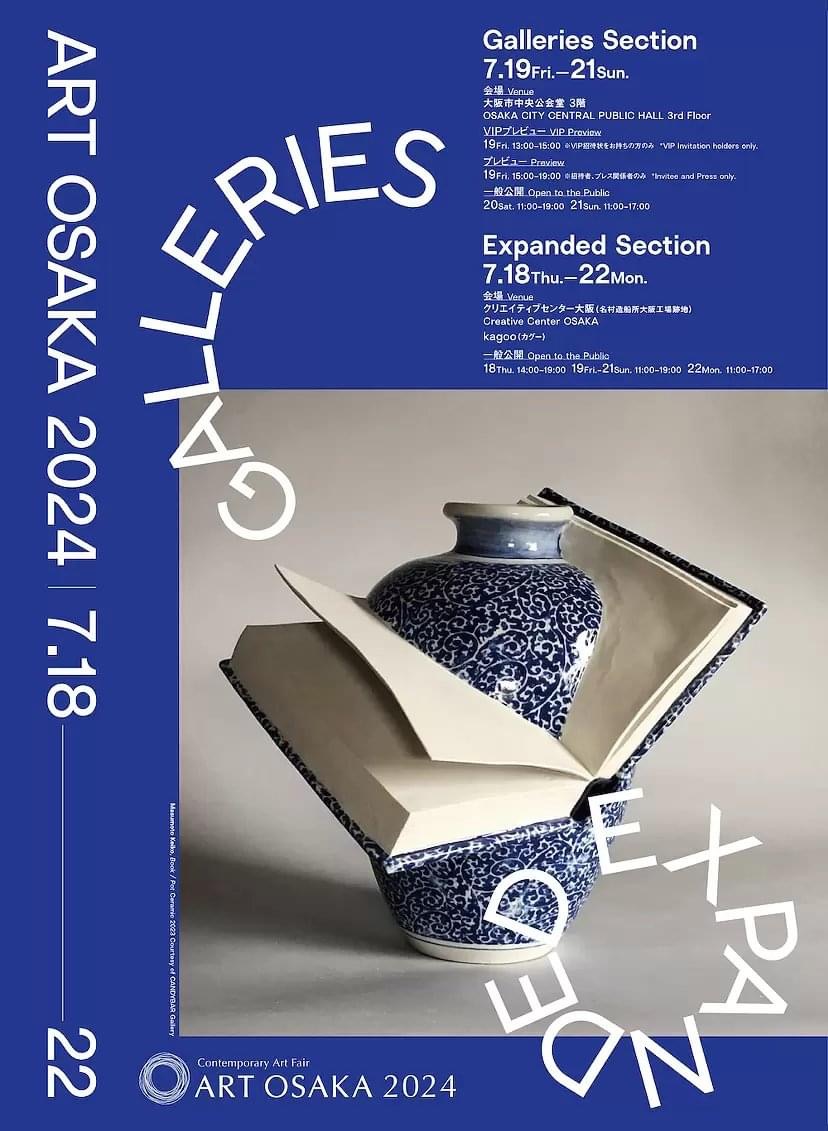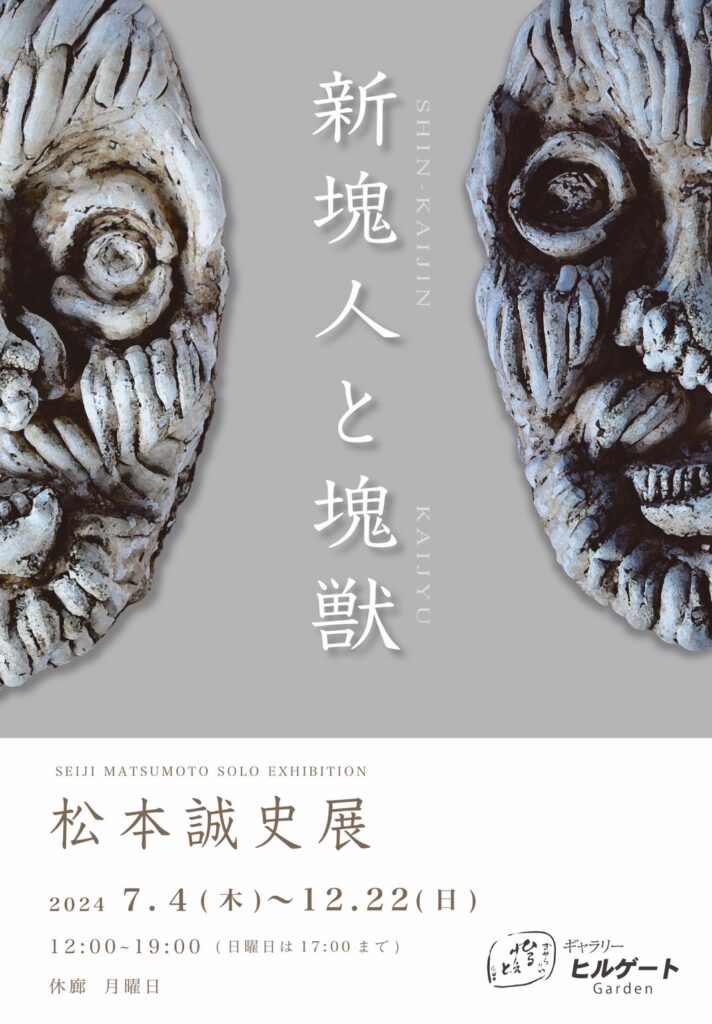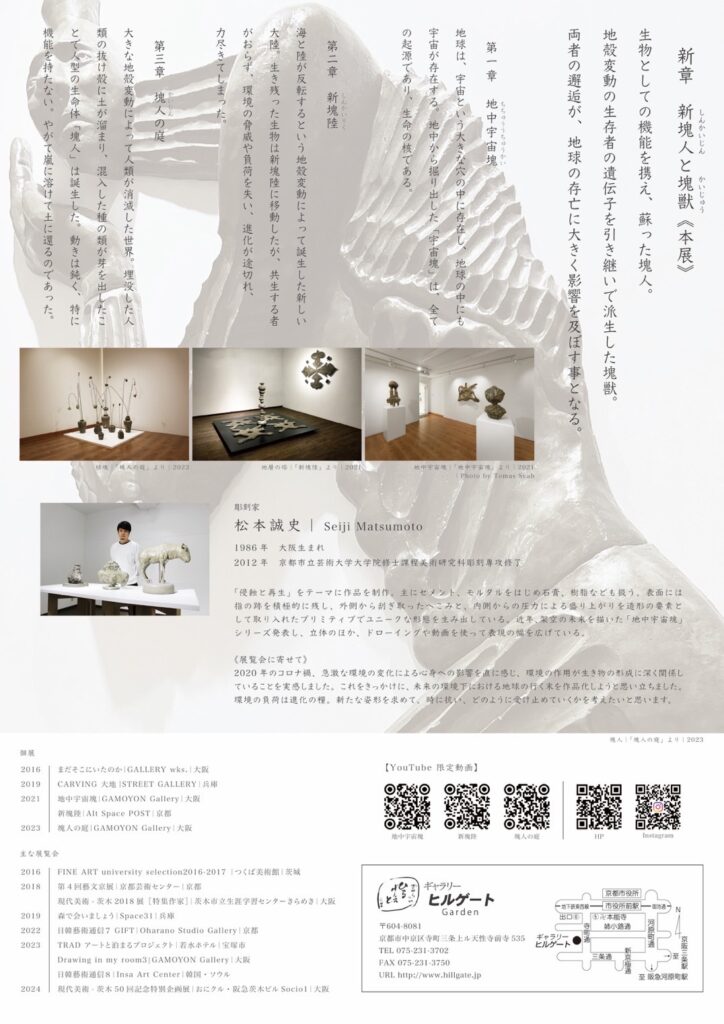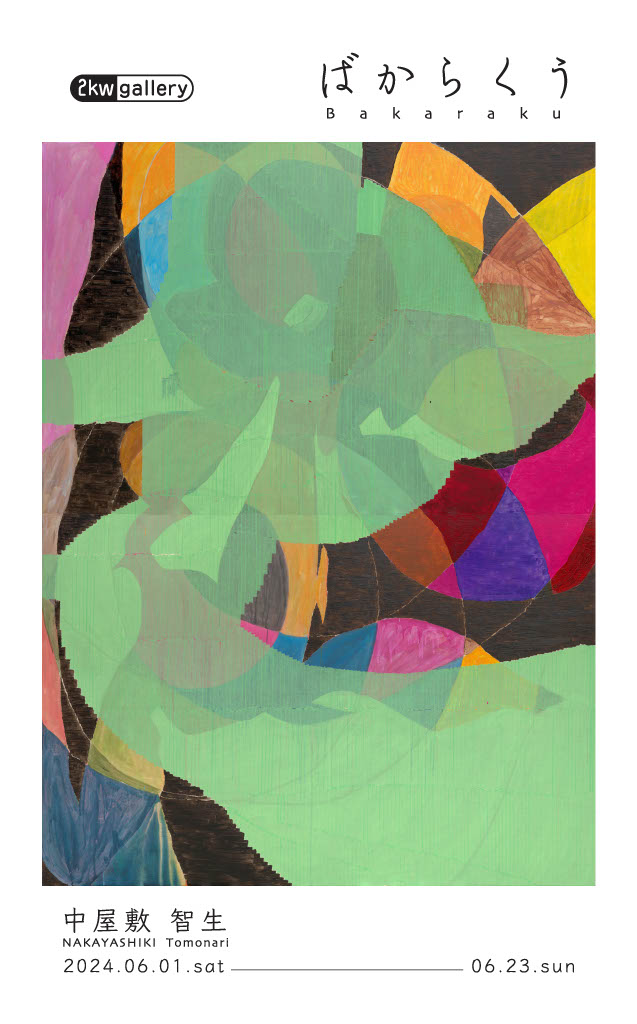

この度、ASK + POST 所属作家のシュヴァーブ トム | Tomas Svab が eN arts (京都) にて、麥生田 兵吾との2人展「eeny, meeny, miny, moe | blue」を開催いたします。
eeny, meeny, miny, moe | blue
麥生田 兵吾 | シュヴァーブ トム
会 場:eN arts
会 期:2024年11月1日 (金) − 11月30日 (土)
休廊日:月・火・水・木曜日(アポイントメント 承ります)
時 間:12:00 – 18:00
場 所:〒605-0073 京都府京都市東山区祇園町北側627円山公園内八坂神社北側
M a i l:enarts.contact@gmail.com
W E B:http://en-arts.com/blog/
主 催:eN arts
◾️ 概要:ロウ 直美 | eN arts
2024年11月1日より シュヴァーブ トム と 麥生田 兵吾 による “ eeny, meeny, miny, moe | blue ” を開催致します。「色」は アーティストが作品を制作する際にとても重要な役割を果たします。そして 無数の色彩の中から選択する一色が、ときには その作品の運命をも決めてしまう要因とも成り得るのです。本展では、そのタイトルが示すように、出展作家が「青」をテーマに作品を発表致します。作家が自発的に選択するのではなく、決められた共通の一色を課題とし、作品を創り上げていただくという取り組みです。シュヴァーブ 麥生田 両氏にとって「青」は何を想起させ、どのように使い、どう魅せてくれるのでしょう。
おのおのの「青」を存分にお楽しみ下さい。
◾️ 作家紹介
シュヴァーブ トム | Tomas Svab
*シュヴァーブ トム CV
Ultramarine Infinite
見晴らしのきく地点が、その現実を定義する。これらの写真のように、振り子の波動は独立した部品の集まりとしても、連続した波の動きとしても見ることができる。ラインスキャンカメラでは、振り子の揺れは忠実に記録されるのだが、カメラを縦にするか横にするかでは、全く異なったイメージが表れる。どちらの視点も、光の本質的な性質であるエネルギーを反映したリズムとピッチを明らかにしてくれる。振り子は長い、短いでそれぞれ光の周波数に高低差があり、我々が感じる色にも影響を及ぼすが、その中でも青色は最もエネルギッシュで、目に見えない 「化学的な光 」へと移り変わっていく。これらの振り子は光の二重性を模倣しているが、その波動は実は4兆倍以上に減速されている。
こうした光の速度に比べ、この鈍化した世界では、まるで夢から覚めたかのように、かつて私の幼少期の2つの別々の世界を分断していた夜のプルシアンブルーの領域から、時間が淡々と伸びていく。青い顔料はセルリアン(空色)の影を作り、それは私が記憶している初めて感じた自由の象徴であり、目に見えるものと同じくらい、私の中を通り抜けたウルトラマリンブルー(群青)であった。黄灰色をした石畳から、私は突然、目に見えない境界線によって区切られた大地を横切り、波の上を飛行機によって移動し、ターコイズブルー(青緑)の海を目指した。一コマ一コマ、夜明けは広大な希望を見せてくれたのである。
麥生田 兵吾 | Hyogo Mugyuda
*麥生田兵吾 CV
「Artificial S」という一つの主題に専念し制作活動している。「S」は複数の意味と複数性そのものを包含する。
主題は全5章で構成され、全章を通して「生と死」が互いに溶け合うさまを表現する。
また 2010年より写真活動「 pile of photographys 」をweb上で更新開始(現在も継続中)。






